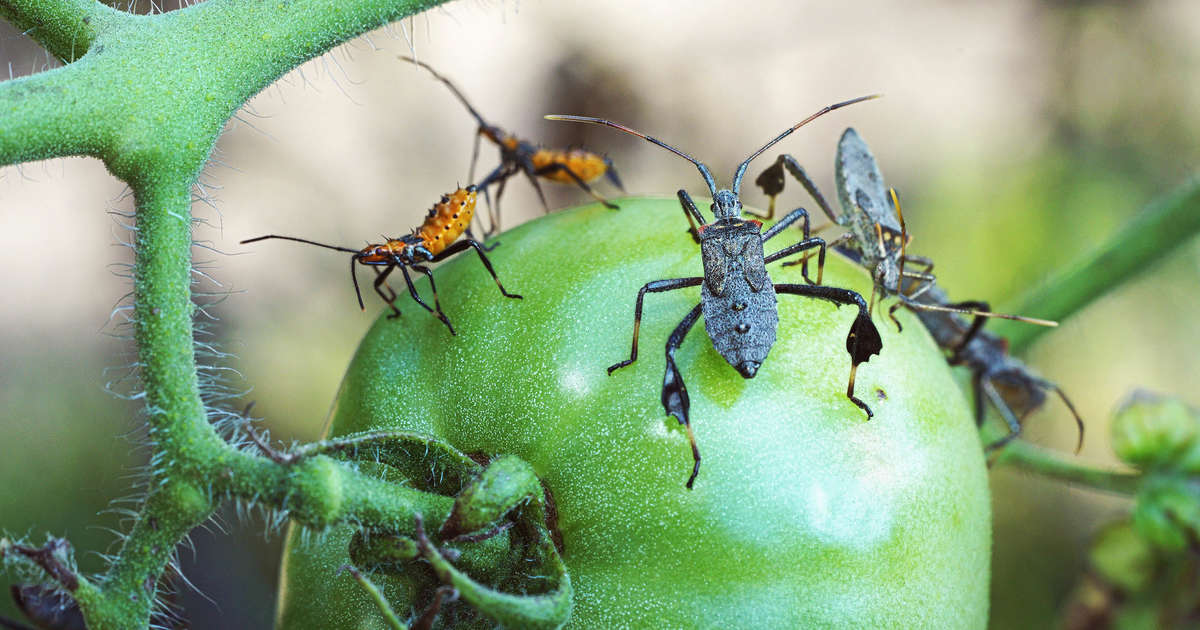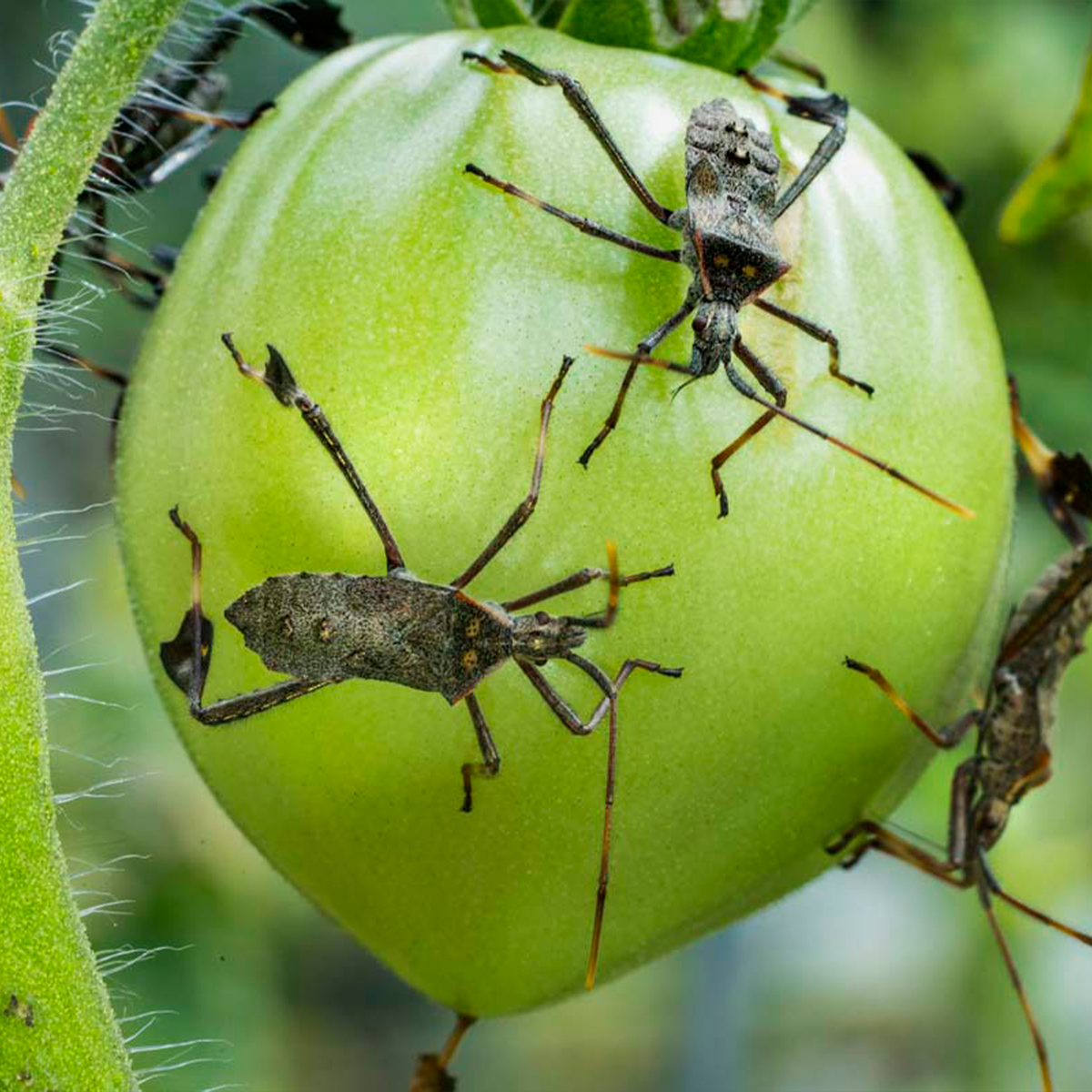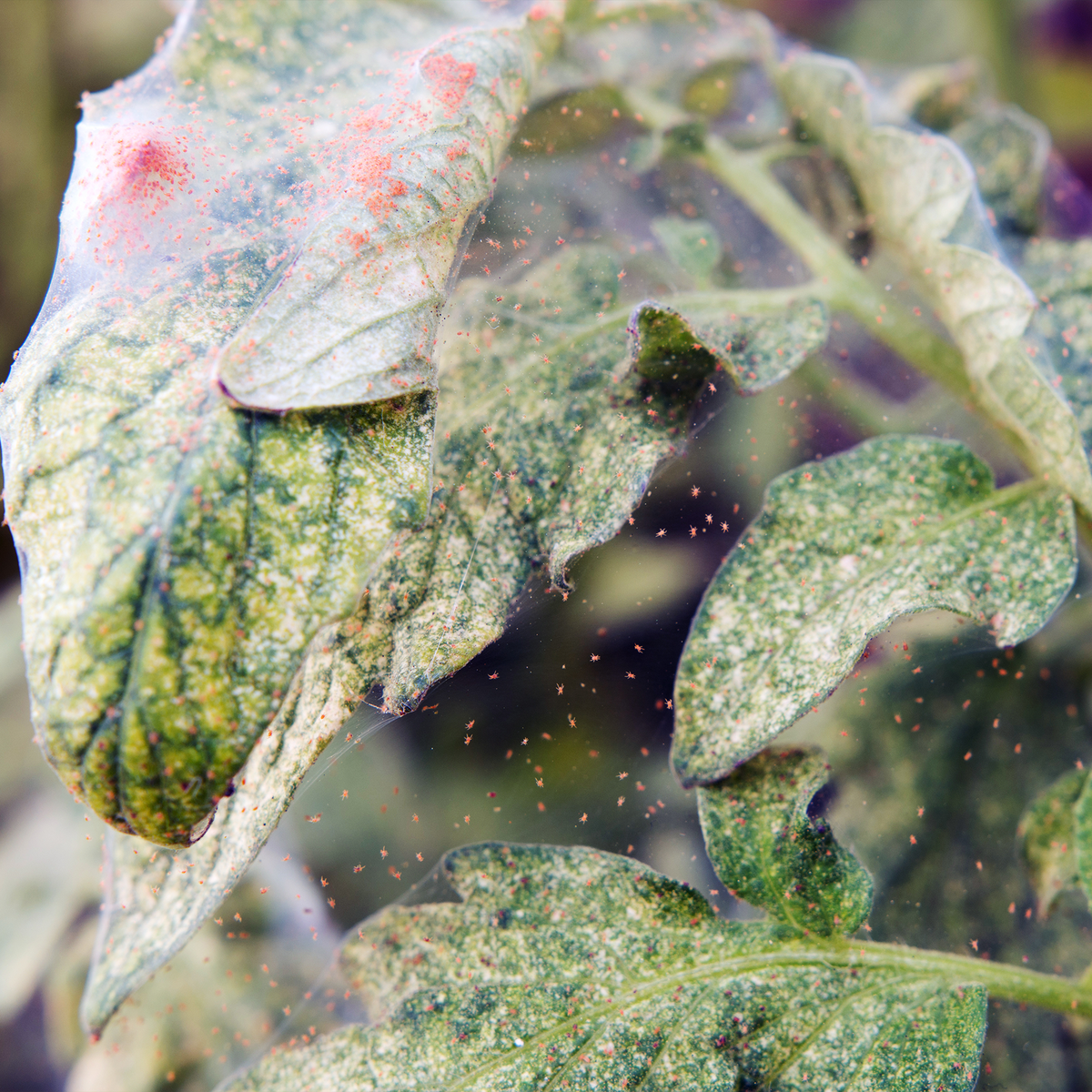
July Garden Pests

Common Pests in July: Ants, Leaffooted Bugs, and Spider Mites
As the July temperatures rise, your garden and yard might become a hotspot for some unwelcome visitors. Our experts have been fielding many questions this month about ants, leaffooted bugs, and spider mites. We're here to offer advice on how to keep their numbers low and control them if they get out of hand.

Managing Ants
Ants tend to thrive in dry soil conditions, which are common during hot months. While ants do no direct harm to plants, they can protect aphids and scale from predators in order to consume their sugary excrement. They can also infest dropped fruit and become a nuisance. Here are some tips for keeping ants under control:
- Irrigation: Plan to irrigate your garden for longer periods to keep the soil moist.
- Garden Cleanup: Clean up dropped fruit to keep populations down.
- Aphid Control: Where there are ants, there are usually aphids and vice versa. By getting aphid populations under control, ants won't be as much of a pest.
- Bait Traps: It’s impossible to completely eradicate ant populations, but you can keep them out of your home and living areas if you are diligent in baiting and trapping them. Terro® Liquid Ant Baits are an effective bait.

Controlling Leaffooted Bugs
Leaffooted bugs often appear on ripening fruits and are known for feeding on seeds. Young insects are approximately half an inch long with a black head, antennae and legs and a reddish body. Adults are about one inch long with a grey-brown color and flared hind legs. While adults are harder to manage, their nymph and egg stages can be controlled more easily:
- Insecticidal Soap: Apply insecticidal soap to target the nymphs and eggs. This prevents new generations from reaching adulthood and becoming a bigger problem. One of our favorite products is Bonide® Insecticidal Soap 32 oz RTU.

Solutions for Spider Mites
Only 1/20 inch long, adult spider mites have eight legs and an oval body with two red eyespots near the head. Spider mites can become a significant problem in dry, dusty environments. Here’s how to keep them in check:
- Mulch and Irrigation: Along with mulch, ensure you’re watering adequately to maintain a less hospitable environment for spider mites.
- Neem Oil: This natural insecticide can be applied intermittently to keep spider mites at bay. We like
Bonide® Captain Jack's™ Neem MAX Concentrate which stops pests at all stages of their life cycle.
By following these tips and maintaining a healthy, stress-free environment for your plants, you can keep ants, leaffooted bugs, and spider mites under control and enjoy a thriving garden throughout the summer.
